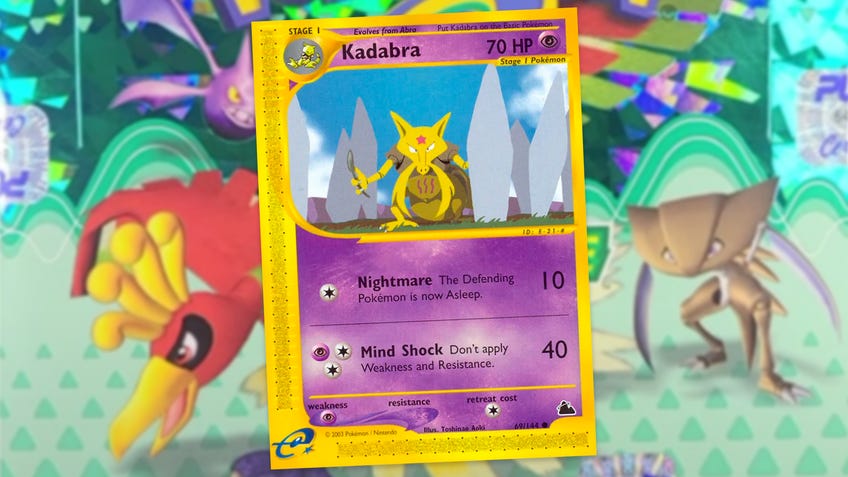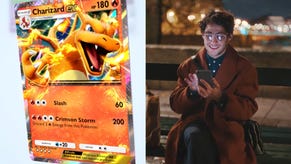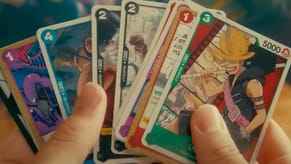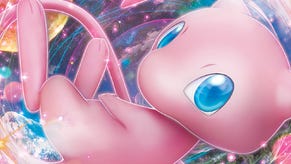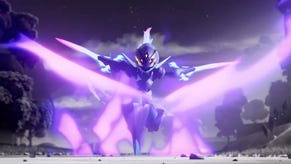Historic 2003 Pokémon booster box featuring last Kadabra appearance before 20-year Uri Geller ban appears at auction
Skyridge was the last Pokémon TCG set released by Magic: The Gathering maker Wizards of the Coast and third and final ‘e-Card’ expansion.
A rare Pokémon booster box marking several notable events in the trading card game’s history has appeared at auction.
The Skyridge booster box dates from 2003, combining cards from the Japanese expansions Split Earth and Mysterious Mountains into a single English expansion. It was the last Pokémon TCG set produced by Magic: The Gathering maker Wizards of the Coast - the original manufacturer for the card game’s English-language release - before The Pokémon Company assumed control.
Following the Expedition base set and Aquapolis, Skyridge was the third and final release in what’s known as the ‘e-Card’ series of Pokémon sets released between 2002 and 2003, named after the cards’ ability to be scanned using the e-Reader peripheral for the Game Boy Advance handheld and Nintendo GameCube console. Once scanned, the cards could be used to gain bonus items or battle extra trainers in games such as Pokémon FireRed, LeafGreen and Emerald, as well as changing the stage in Pokémon Colosseum.
Following the introduction of Crystal Pokémon cards in Aquapolis, Skyridge included six more Crystal-type Pokémon - Crobat, Celebi, Golem, Ho-Oh, Kabutops and Charizard - that could temporarily change their card type to match an energy card attached to them that turn.
In keeping with the crystal theme, the Skyridge booster box has a holographic finish to its distinctly early noughties CG artwork - making it one of only a few Pokémon sets released with the holographic finish on the box as well as cards, according to PWCC. The auction house added that Skyridge’s “extremely low print run [means] this box stands as one of the most coveted of Pokémon cards ever released”.
Also first introduced in the e-Card sets were Supporter Pokémon cards, the sub-category of Trainer cards played for instant-effect abilities, which have remained a mainstay of the TCG since.

For all it introduced to the Pokémon TCG and its unique place in the game’s history, Skyridge’s greatest claim to fame today may be that it marked the last appearance of first-gen favourite Kadabra on a Pokémon card.
The Kadabra card produced for Skyridge would be the last time the psychic Pokémon would appear in the TCG for nearly 20 years, following a £60 million lawsuit filed by illusionist Uri Geller in November 2000 alleging that the Pokémon - called Yugerer in Japanese - had used his name and spoon-bending trick.
Despite Kadabra continuing to appear in the Pokémon video games, no cards starring the Stage 1 Pokémon have been printed since.
Geller eventually lifted his legal blockade on the Pokémon in late 2020, via an apologetic tweet stating: “I am truly sorry for what I did 20 years ago. Kids and grownups I am releasing the ban. It’s now all up to #Nintendo to bring my #kadabra #pokemon card back. It will probably be one of the rarest cards now!”
Despite Geller’s own enthusiasm to see the return of Kadabra, the Pokémon is still yet to reappear in any of the most recent Pokémon Trading Card Game releases - meaning that Skyridge remains its most recent printing. To add insult to injury, according to TCGplayer, a Skyridge Kababra is only worth about $12 in 2022 - putting it several hundred thousand dollars below the rarest Pokémon cards in terms of value. Its foil version fares a little better with a typical market value of just over $100.
The Pokémon Skyridge booster box up for auction at PWCC is currently sat at a top bid of $30,000, with the auction due to end later today, September 22nd.
